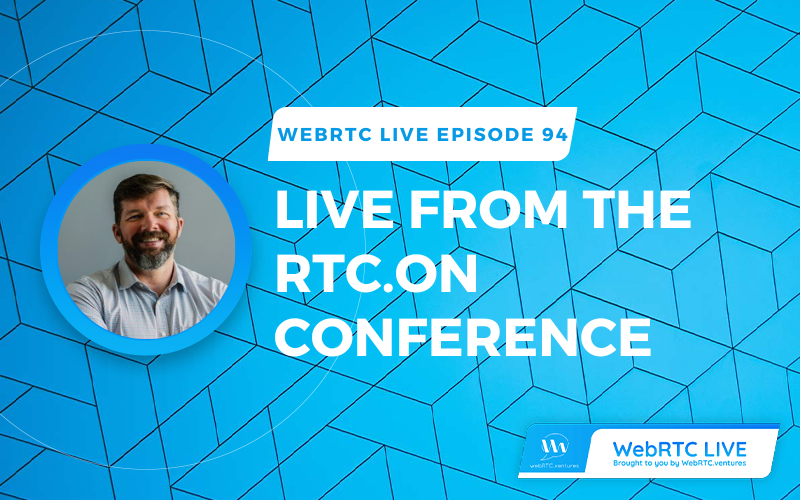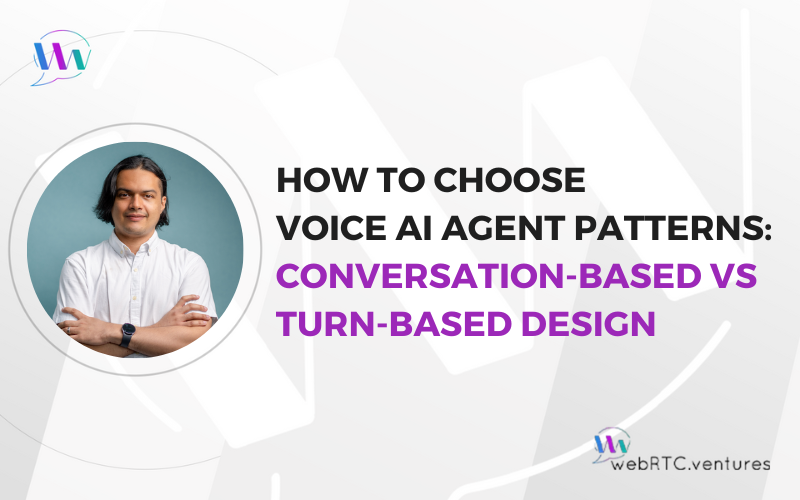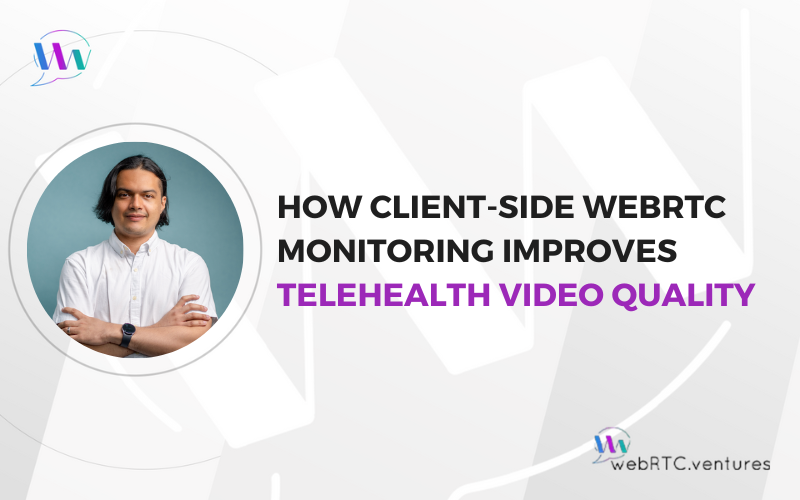On the September 12, 2024 episode of WebRTC Live, Host Arin Sime broadcast live from the RTC.on conference in Poland, featuring short discussions with several of the speakers.
Bonus Content
- Our regular monthly industry chat with Tsahi Levent-Levi.
Watch Episode 94!
Episode Highlights
What are some of the challenges with building closed captioning in WebRTC?
Creating closed captioning for WebRTC apps comes with its own set of challenges. Alfred Gonzalez, WebRTC developer at WebRTC Ventures, shares one of the main ones: “Closed captioning is basically a real-time transcription and real-time translation. And the service that we chose had different implementations and we had some issues sending the real stream with the audio to the service. But the main issue was to build a new backend service to send and process all the data and then send it to the speed service.”
How to seamlessly integrate real-time transcription and translation into your applications?
The right approach to integrating real-time transcription and translation can make all the difference in performance and user experience, so it’s important to do it right. Here’s a tip from Alfred Gonzalez, WebRTC developer at WebRTC Ventures.
“The best advice, I think, would be to check the features that the different services offer and to make sure that you are selecting the one that provides all those features that you must have in your business model. And if they also have additional features, then that’s perfect.”
When is the WebSocket API a smart choice for real-time apps?
In some industries, latency is everything. Violina Popova, Software Engineer at ClipMyHorse.TV explains why they chose the WebSocket API for a smooth live experience:
“In the equestrian world, every second counts. And, actually, users expect seamless experience while watching equestrian competitions, and that’s why WebSocket was selected as a solution in our case, because it provides low latency, also scalability, and interactivity, which is important for real-time applications.”
Why is the Membrane framework a valuable tool for developers?
The Membrane framework simplifies the development of streaming media applications by breaking them into small, manageable plugins. Mateusz Front, Software Developer at Software Mansion, explains:
“I think that challenges, at least for example, that we were facing were that basically you run some tool, and it doesn’t work, and you try to figure out why. And the only way is to dig in the code and these tools are also usually complex. So Membrane tries to solve it by being very decentralized so that it’s split into a lot of different plugins and each plugin is quite a small thing that you can look into. You can fork and around without compiling everything or figuring out how every part of the project works.”
Up Next! WebRTC Live Episode 95
Developments in conversational AI and grokking streaming audio with Rob Pickering of Aplisay
Wednesday, October 16, 2024 at 12:30 pm Eastern.











